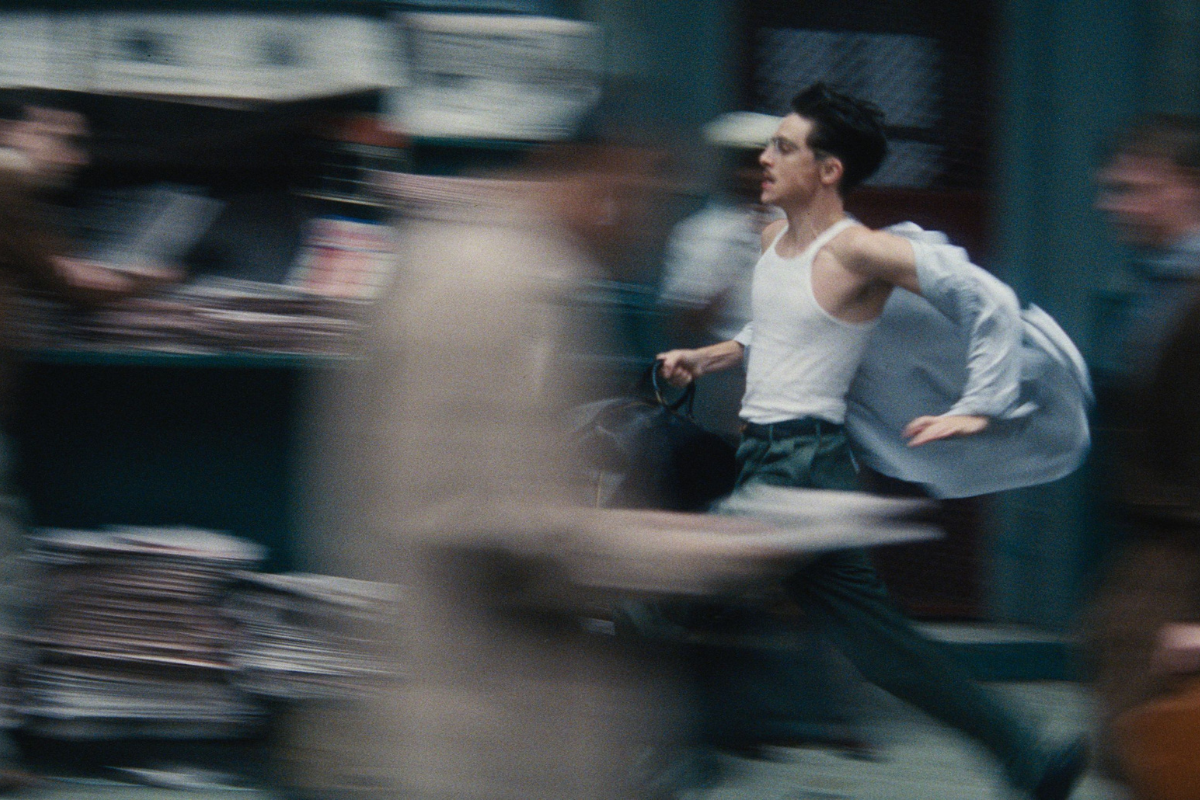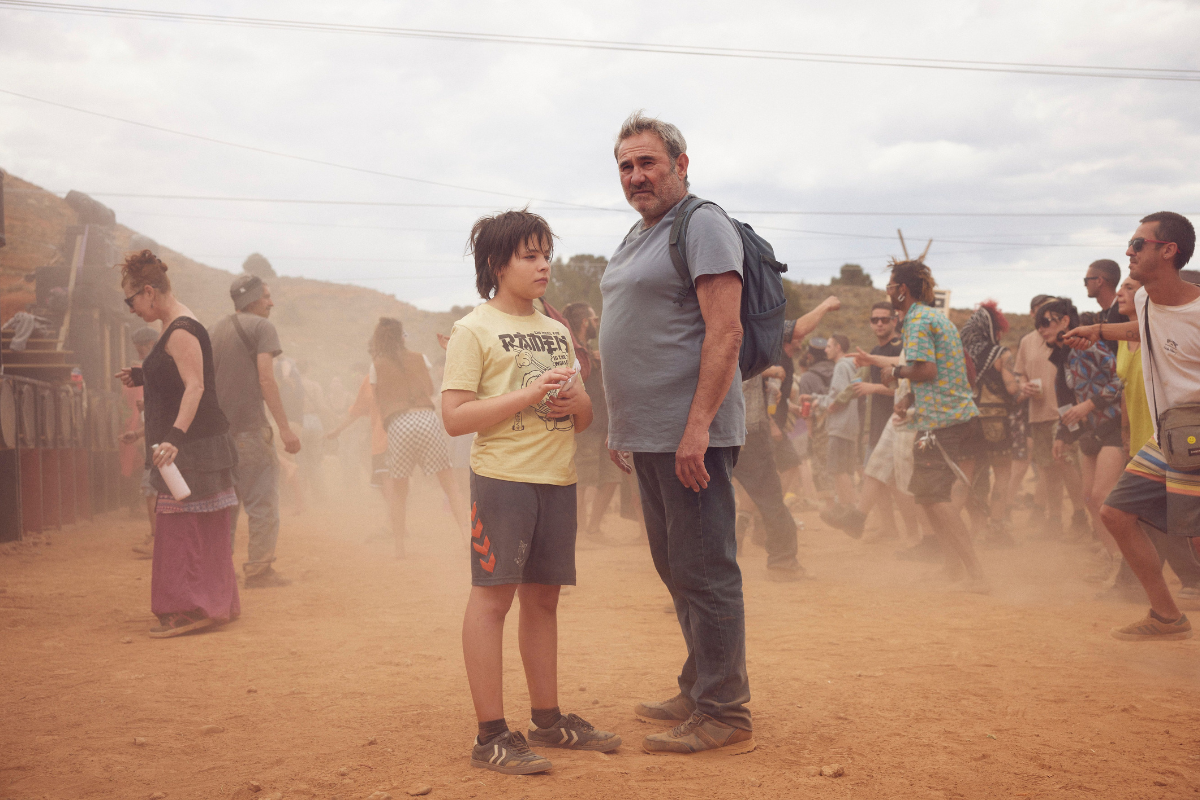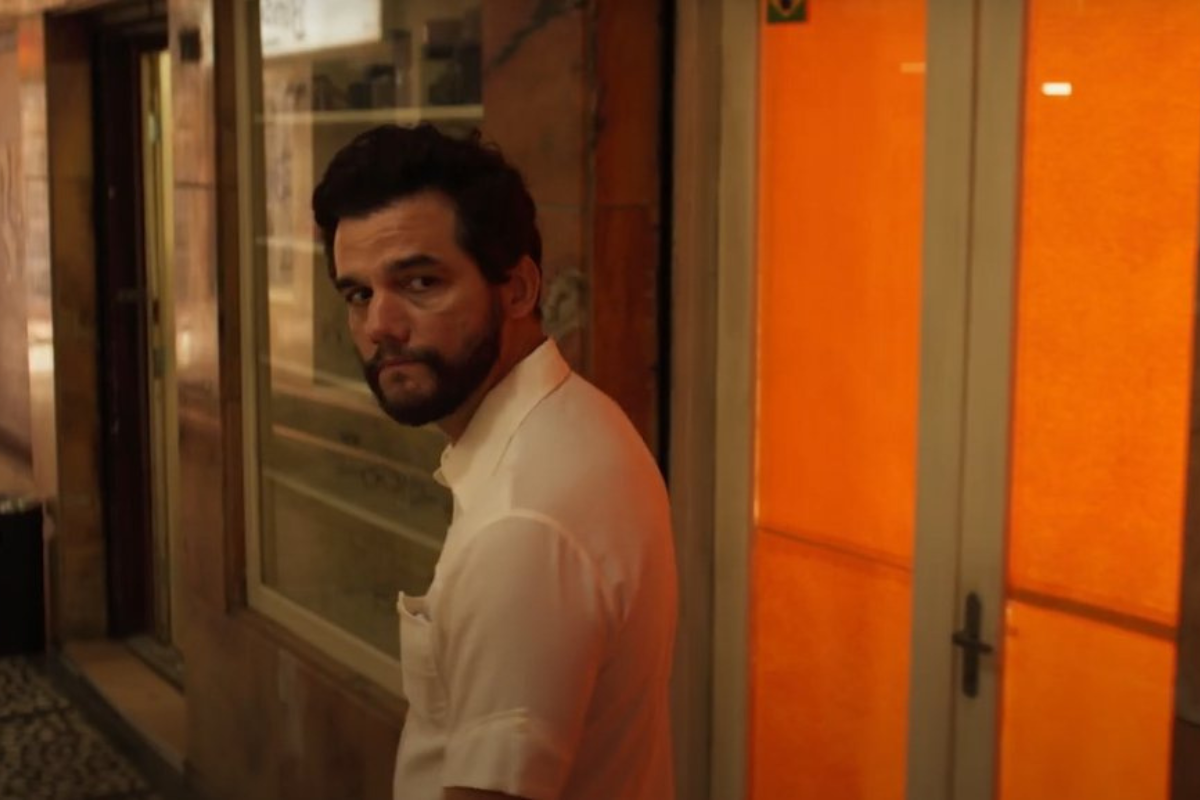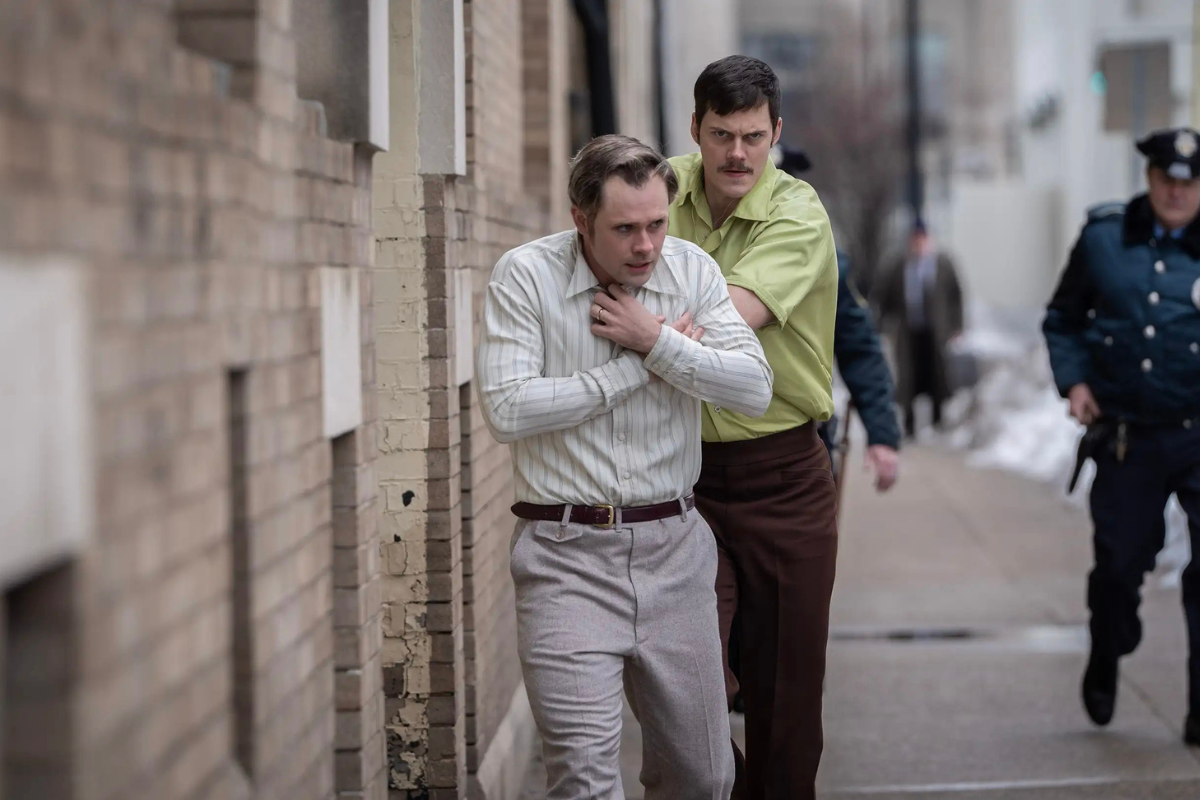UNDERSTANDING SCREENWRITING: The End of Netflix
Hello to Dom, the gang and some other interesting characters and bye-bye to Netflix as we deal with ‘F9: The Fast Saga,’ ‘@Zola,’ ‘Jungle Cruise,’ ‘Always Be My Maybe’.
Vroom to the 9th Power.
F9: The Fast Saga (2021. Screenplay by Daniel Casey & Justin Lin, story by Justin Lin & Alfredo Botello and Daniel Casey, based on characters created by Gary Scott Thompson. 143 minutes)
OK, gang, who had 50 in the office pool?
Anybody? OK, what about 40? 30? 20?
Ah, someone had 15. Sorry, but the question was, “How many minutes into F9 before somebody says the word ‘family’?” Fifteen minutes would have been a good guess, since you would assume it would come right after the first big action scene. But it does not get uttered until 50 minutes into the movie. Maybe the writers saw my review of Furious 7 in which I suggested a drinking game in which you had to take a drink every time somebody said “family.”
So “family” does not get mentioned by name until almost halfway in the movie, but we see it in the action and the relationships and by now in the franchise we know what they all mean.
The ads for the movie emphasize the main title F9, but tend not to mention the subtitle “The Fast Saga.” The film is very much a saga, and a rather complicated one, because they have now and have in the past a lot of characters to deal with. And they have added a new one, Dom’s brother Jakob. He’s not only a surprise to us, but to the rest of the gang. As Tej says, who knew Dom had a brother? So we have to get backstory with flashbacks to get Jakob established. And he’s working for Cipher, whom we met in the previous film The Fate of the Furious (2017), so we get Charlize Theron “channeling Buster Keaton,” as I said in my review of that film. Ms. Theron gives good Keaton.
Since previous writers managed to bring back Hetty from the dead, the current team bring back Han, who was killed in The Fast and the Furious: Tokyo Drift (2006), which means we need to get additional backstory material on what he has been up to while he was dead. The writers do pull a nice B-movie trick in explaining how he survived; sometimes shorter is better.
With a cast of live and recently dead people, the writers have to work hard at servicing all the actors. The Pintel and Regetti (see Pirates of the Caribbean) of this series are Tej and Roman. They provide the comedy relief and P&R’s philosophical discussions. I loved their discussion on how nobody in the gang ever seems to get hurt. In turn the writers stick them in the most outrageous subplot that defies all, and I mean ALL, laws of science. By then you may not care.
At least partially because Michelle Rodriquez has been complaining for years, the women characters get more screen time. There is even a scene where Hetty and Mia talk while they are having a meal, with no men in sight. It’s almost enough to past the Bechdel test. I particularly like the action scene the writers provided for the gang’s computer geek, Ramsey. Mostly she gets stuck behind a computer, but here she is forced to drive a getaway truck. The only problem is she never learned how to drive. Hijinks ensue.
There are rumors floating around the Internet of a spinoff of the series focusing on just the women. In addition to the regulars, that can also involve actors who have appeared in one or two movies, like Charlize Theron, Hellen Mirren, Eva Mendez, Gal Gadot, and some others. I vote yes.
I have no idea what the budget was on F9, but the money is up there on the screen. The special effects are flawless, but I was even more impressed by the stunt work, which is the best I have ever seen.
No, This is Not the Film Where Elvis’s Granddaughter Plays Paul Muni in Drag While He Makes the 1937 Biopic.
@Zola (2020. Screenplay by Janicza Bravo & Jeremy O. Harris, based on Tweets by A’Ziah “Zola” King, the Rolling Stone article by David Kushner "Zola Tells All: The Real Story Behind the Greatest Stripper Saga Ever Tweeted," story by Andrew Neel and Mike Roberts. 86 minutes)
Yes, you read that right. This is a movie based on 148 Tweets by King. Does that mean it’s easy to make a movie from your Tweets? Not on your life. Notice all the other writers involved in this. The Tweets were posted in 2015 and several actresses and directors were interested in the material, but the picture did not shoot until 2018. It shown at the 2020 Sundance Festival, then held for release during the pandemic.
The original Tweets were posted by King, a Black woman who had been working as a waitress. One of her customers, a white woman named Stefani, asks if she dances and then suggests Zola join her, her boyfriend, and a driver on a trip to Florida where they will dance in clubs. Stefani is such a vivacious charmer that Zola goes along.
Then she discovers the driver is not just the driver, but Stefani’s pimp. He assumes he is now going to be Zola’s pimp, but she is not having it. On the other hand, Zola is perfectly willing to help Stefani raise her prices, which both irritates and impresses the pimp. A combination of funny and dark events happens, and you never quite know what they are going to be, unlike all those movies where you know exactly what is going to happen.
One thing the writers had to deal with is how much of Zola’s Tweets were true. That’s always a problem if you are dealing with autobiographical material. The writers here seem to take Zola at her word that she did not do any hooking herself, but they do show her doing illegal things. Kushner’s article may have helped sort out all of this.
A bigger problem is how to develop the characters, and the writers have done a marvelous job. Stefani is a fabulous character and whatever the writers have added they have done so very much in the spirit of the Stefani of the Tweets. They have also added something that was unlikely in the Tweets, but may well have been in Kushner’s article: testimony supposedly given by Stefani in court (although look at the way they have broken it up). Stefani is brilliantly played by Riley Keough, who is, yes, Elvis’s granddaughter, but she is already a much better actor than Grandpa was, and she probably could play Paul Muni in drag. Look at how she does the monologue so we cannot only see her true self (she lies as easily as she breathes) but the kind of act she can put on in more formal situations.
Taylour Paige is Zola and both the script and the direction (Bravo also directs) give us her reactions to everything that is going on around her. The rest of the cast is superb.
The script is beautifully balanced, so much so that we don’t necessarily know, or care, how much of the details are factual. Who cares about factual when you are being so thoroughly entertained?
Three Quarters of a Full Circle.
Jungle Cruise (2021. Screenplay by Michael Green and Glenn Ficara & John Requa, screen story by John Norville & Josh Goldstein and Glenn Ficara & John Requa. 127 minutes)
When Disneyland opened in 1955, one of the rides then and since was the Jungle Cruise, in which you go down a river in Africa and face head-hunting natives and a variety of wild animals. As everybody involved admitted at the time, it was based on the hugely popular 1951 film, The African Queen, which was adapted from C. Forester’s 1935 novel by James Agee and John Huston.
This was before the development of animatronics, so Disney had to use live guides on the tour, none of which looked like Humphrey Bogart, the star of the movie.
If you look at the Agee/Huston script, you will see it is not as funny as the movie. On the first day of shooting, Bogart and John Huston, who directed, realized that the combination of Bogart’s Charlie Alnutt and Katharine Hepburn’s Rose Sayer was funny. Hepburn did not get it, but did when Huston told her, “Katie, you know how when Eleanor Roosevelt talks to wounded soldiers, she has that tight smile as she tries to make the best of it? Well, Katie, play her like Eleanor Roosevelt.” Hepburn later said it was the best piece of direction she had ever received. So The African Queen became known as a comedy, which is probably why Disney let the guides on the ride improvise, although within Disney limitations.
The writers on the new film knew from the start that Jungle Cruise would be a comedy-adventure picture, so they have added a lot of slapstick comedy, combined with, as you would expect, lots of special effects. Huston and his gang did not need the effects or the slapstick comedy. They stick to the story and the characters, which are beautifully developed in the film.
One change for the better is in the character of the female lead, Lily. Rose was, as Charlie calls her at one point, “a skinny, psalm-singing, old maid.” Lily is a scientist and an adventurer in her own right.
The introduction of Lily is one of the best of examples I know of the essential advice to screenwriters: show, don’t tell. We begin with Lily’s brother MacGregor reading a speech to a scientific group. We can tell he’s not the brains in the family, since we then see Lily sitting in the gallery mouthing the speech, which tells us she wrote it. (Macgregor is later revealed to be gay, but I have no idea why. The only use that is made of is a scene with a whole pile of double entendres at Macgregor’s expense; I am not sure how Disney intended the parents in the audience to explain them to their children.) Back in the gallery Lily leaves Macgregor and in an elaborate action scene, she steals an arrowhead from the archives. One cannot imagine Rose doing that.
Instead of Africa, the river here, the Amazon, is in South America, but Lily and Macgregor still end up on a rattletrap boat, although one that has a lower deck that would never have fit on the Queen. This boat is captained by Frank and since he is played by Dwayne Johnson, he is a bit more of a hulk that Charlie was. Just as The African Queen depended on the chemistry of Bogart and Hepburn (once they decided on what kind of movie they were making), the new one depends on the terrific chemistry of Johnson and Emily Blunt as Lily. So much so that when there is a long flashback without them, at least in their present form, the film sags badly. The flashback borrows from the ghostly elements of the Pirates of the Caribbean movies, but hurts this movie instead of helping it.
The flashback creates another problem with the character of Frank, which I won’t go into in detail here, but it means the writers have to do a lot of tap dancing to make things come out all right at the end. See if you can figure how to keep the reveal and not have to tap dance.
And now…Netflix.
Always Be My Maybe (2019. Written by Ali Wong & Randall Park & Michael Golamco. 101 minutes)
Wong and Park have been friends for years and figured they would write a film they could co-star in. Both understood their own skills as performers. Wong is a standup comedian who writes sharp zingers for herself, so her Sasha is a very smart-mouthed woman. Park is more of an actor than a comedian, so he can underplay his reactions to Wong’s zingers. He can also write understated lines to say as part of his reactions. I also do not doubt for a minute that Wong and Park understand each other well enough to come up with lines and bits for the other. It really helps when you are truly collaborating.
Sasha and Marcus grew up together as best friends. We get the dynamics of their relationship beginning with them as kids. They went their different ways after high school. Sash became a well-known chef, but Marcus is still in his dad’s air conditioning business. They meet again in their thirties when he comes to work on the a/c in the house she is renting. Complications ensue.
The writers keep the tone light and right for the material, although they do get a bit off the tracks for a sequence in which they bring in Keanu Reeves as a parody of himself. All comes right in the end, although maybe not in the ways you expect.
Always Be My Maybe was a Netflix production and was released briefly in theatres in 2019. I did not get around to seeing until this spring on Netflix streaming. It is the last film I will watch on Netflix streaming.
I only added Netflix streaming at the end of last year to pick up on several potential Oscar nominees. I intended to keep it, but I found there was not a lot I wanted to watch on Netflix.
The bigger problem, and what has ultimately been the deal breaker for me, is that has been impossible for me to watch the films’ credits all the way through. Netflix tends to stop the credits half-way through and put up a page for another movie. TV Guide had an item on how to watch the credits all the way through. I tried that and it did not work. I read on my account page how to watch the credits. I tried that, and it did not work. I called their Customer Service line twice and got two different people with two different explanations as to how to watch the credits. Neither explanation worked. I asked one of the Customer Service people if they could just make the adjustment on their end, and they said they couldn’t. They obviously can, but they don’t want to.
Since I taught film at Los Angeles City College for forty years, I like to watch all the credits to see if my former students show up. Now that movie theatres are opening up, I prefer to see the films there, where I, usually alone in the theatre by the time they are done, can watch all the credits.
So, bye-bye Netflix streaming. I’m still renting your DVDs so you won’t starve to death. I am not totally heartless.
Learn more about the craft and business of screenwriting from our Script University courses!
Tom Stempel is a Professor Emeritus at Los Angeles City College, where he taught film history and screenwriting from 1971 to 2011. He has written six books on film, five of them about screen and television writing. You can learn more about his books here. His 2008 book Understanding Screenwriting: Learning from Good, Not-Quite-So- Good, and Bad Screenplays evolved into this column. The column first appeared in 2008 at the blog The House Next Door, then at Slant, and then Creative Screenwriting before it found its forever home at Script.
In the column he reviews movies and television from the standpoint of screenwriting. He looks at new movies, old movies, and television movies and shows, as well as writing occasional other items, such as appreciations of screenwriters who have passed away, plays based on films, books on screenwriting and screenwriters, and other sundries.
In September 2023 Tom Stempel was awarded the inaugural Lifetime Achievement in the Service of Screenwriting Research by the international organization the Screenwriting Research Network.






